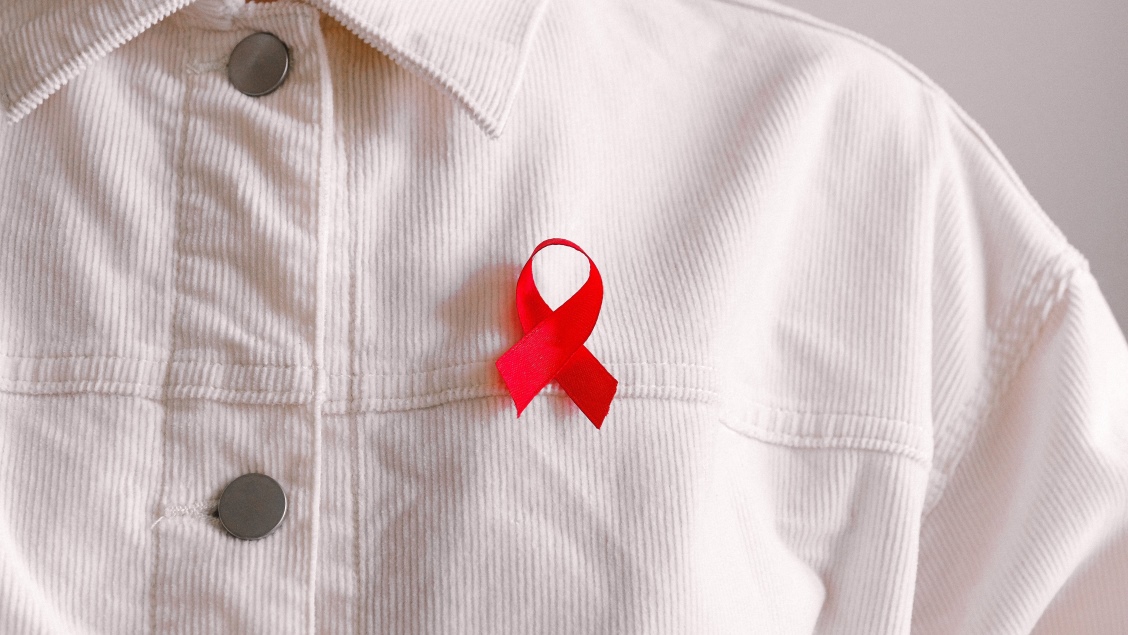
World AIDS Day 2021—The Path to a Future Without HIV
For World AIDS Day 2021, let’s explore HIV research and what it can tell us about how much we’ve progressed in tackling HIV and AIDS.
HIV research
Research into HIV (Human Immunodeficiency Virus) and AIDS (acquired immune deficiency syndrome) has shown massive progress since the discovery of the retrovirus in the 1980s. AIDS is caused by infection from the HIV virus, and further complications caused by AIDS have claimed 35 million lives since its discovery in 1981. To learn more about the progression from HIV to AIDS, take a look at “An Evolutionary Model of Progression to AIDS” in Microorganisms, which is freely available on the MDPI website.
This led to the establishment of the first global health awareness day, World Aids Day, in 1988. Taking place on 1st December, the day aims to support the 38 million individuals living with HIV, fight prejudice against those who are HIV-positive (HIV+), and improve global HIV education.
World AIDS Day
As the understanding of HIV and AIDS has improved over the years, the aims of World Aids Day have also changed. In the late 1980s and early 1990s, the main themes were focused on public education and support for those living with HIV, with the red ribbon campaign becoming mainstream.
Inspired by the yellow ribbons tied to trees to show support for US soldiers in the Gulf War, the red ribbon was chosen as a colour of love and compassion. In 1992, the red ribbon became instantly recognisable as a symbol of AIDS support, popularised by celebrities on red carpets, and experienced a mainstream uptake thanks to the Freddy Mercury Memorial Concert, where over 100,000 red ribbons were handed out to the crowd. It stood, and still stands, as a symbol of AIDSawareness.
As time passed and the millennium grew closer, research into antiretroviral drugs accelerated. The focus of World Aids Day moved with it, with an emphasis on finding new cures and treatments, and on the high-income G8 countries providing support for those in lower-income counties.
Treating HIV
By 2010, there were effective treatments for HIV, as well as new tools to combat the spread of HIV globally. Since 2011, the main focus of the majority of World Aids Days has been to address the inequalities in HIV care and prevention, with multiple Joint United Nations Programme on HIV/AIDS (“UNAIDS”) campaigns aiming to end the global transmission of HIV by 2030. The theme of this year’s campaign is “END INEQUALITIES. END AIDS. END PANDEMICS.”, focusing on getting effective HIV treatments and preventative measures to those who need it most globally.
So, what measures can be taken to reduce HIV transmission, and what drugs have been discovered which effectively treat those with HIV? HIV is primarily transmitted via sexual intercourse with an HIV-positive individual, although it can also occur from the transfer of HIV-positive blood to a negative individual, such as via needles or poor medical hygiene practices. It is important for people to know their HIV status, which can be done via blood testing, as knowing whether an individual is HIV+ is the best way to reduce their transmission to others.
Preventative measures
Luckily, there are many preventative measures when it comes to HIV transmission via sexual contact. There are individuals who are at higher risk of contracting HIV, such as men who have sex with men, women who have sex with men who themselves have sex with men, individuals with multiple sexual partners, people with HIV positive sexual partners, and those who inject drugs.
Condoms remain the most effective tool to prevent sexually transmitted infections, as this physical barrier prevents transmission.
PreP (pre-exposure prophylaxis) is also a useful tool to combat the spread of HIV. Although not as effective as condoms, PreP is a daily medication which greatly reduces the risk of an individual contracting HIV after exposure. PreP has been studied extensively in high-risk demographics in the past decade, and is now readily available in many countries via their healthcare system.
There are also actions that individuals who are HIV-positive can take to prevent the infection spreading to others. Regularly taking antiretroviral drugs reduces the viral load of an HIV+ individual to a point where they can no longer transmit HIV, termed as undetectable (often termed as Undetectable=Untransmissable or U=U). Recently, further progress has been made in developing a vaccine against HIV, although these studies are still ongoing.
Removing barriers to accessing research
We believe that research should be made available for all, free of cost or access barriers. If you would like to read more about how recent progress in antiretroviral medicine is ending the HIV epidemic, thanks to our open access policy, you can visit MDPI.com and find scientific research papers linked to this topic. All articles are free to access and download. Highlighted below are a few Special Issues which may be of interest if you wish to learn more about current HIV research.
- HIV Prevalence and Risk Factors in Populations Experiencing Marginalization in IJERPH, covering the sociological aspects of discrimination surrounding HIV;
- HIV Pathogenesis, Vaccine and Eradication Strategies in Vaccines, covering the development of future vaccines and potential strategies to reach no further HIV transmissions;
- Drug Candidates for the Treatment of HIV/AIDS in Pharmaceuticals, discussing the ongoing effort to find novel antiretroviral compounds to treat HIV/AIDS.
MDPI has over 400 journals, so you’re bound to find a home for your research. See our full list of journals if you are interested in submitting.










